Marketing Principles: Segmentation, Transactions, International Focus
VerifiedAdded on 2023/04/17
|8
|528
|244
Report
AI Summary
This report delves into key marketing principles, beginning with an analysis of market segmentation based on age and consumer preferences, highlighting Vodafone's strategies for targeting specific age groups with data plans. It further examines corporate transactions, differentiating between B2C (Business to Consumers) and B2B (Business to Business) models, outlining the processes and complexities involved in each. The report also contrasts international and domestic marketing, emphasizing the broader scope, increased government interference, and advanced technologies used in international marketing compared to the limited geographical reach and simpler technologies of domestic marketing. The analysis is supported by references to established marketing principles and practices.
1 out of 8
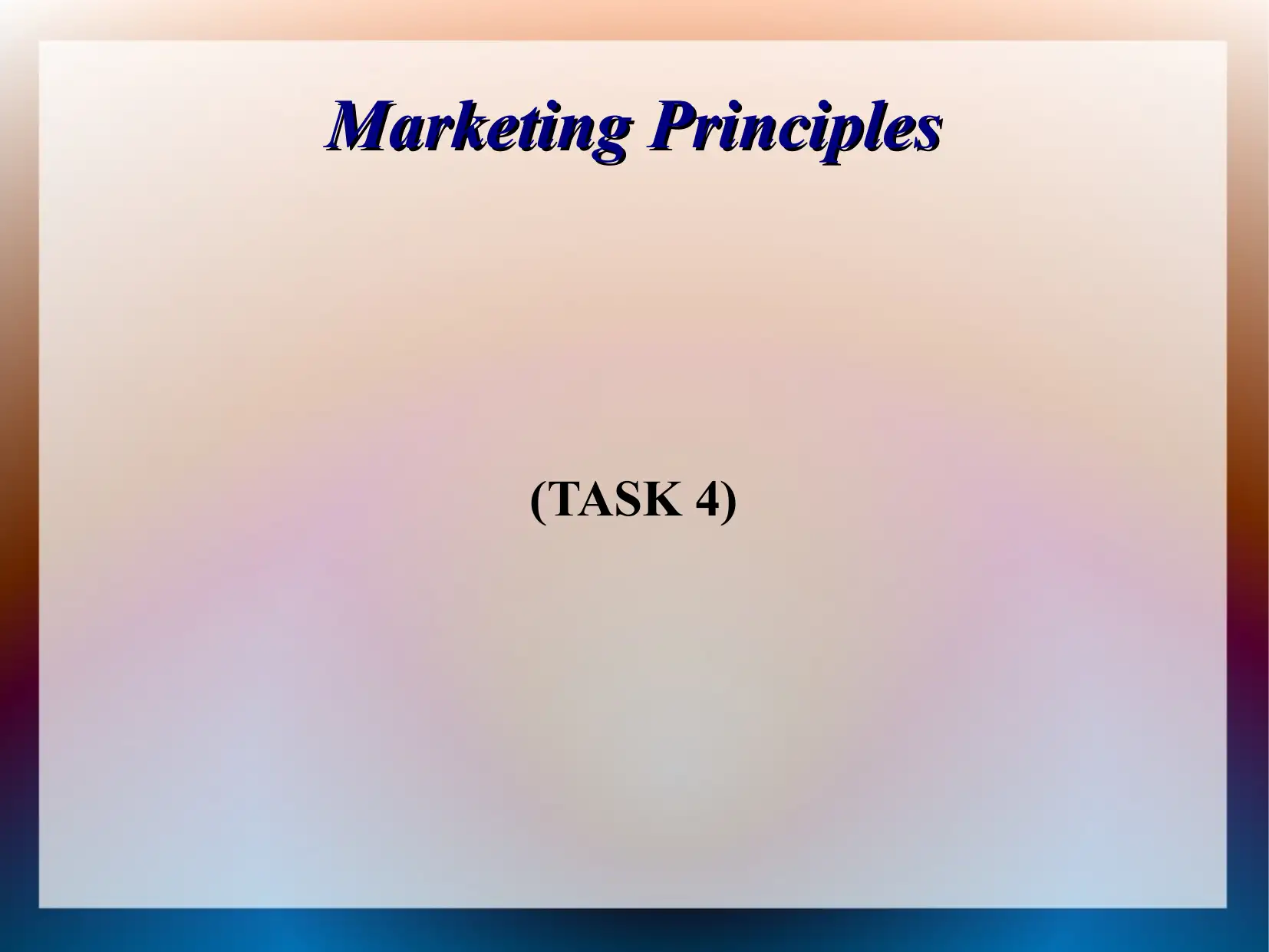
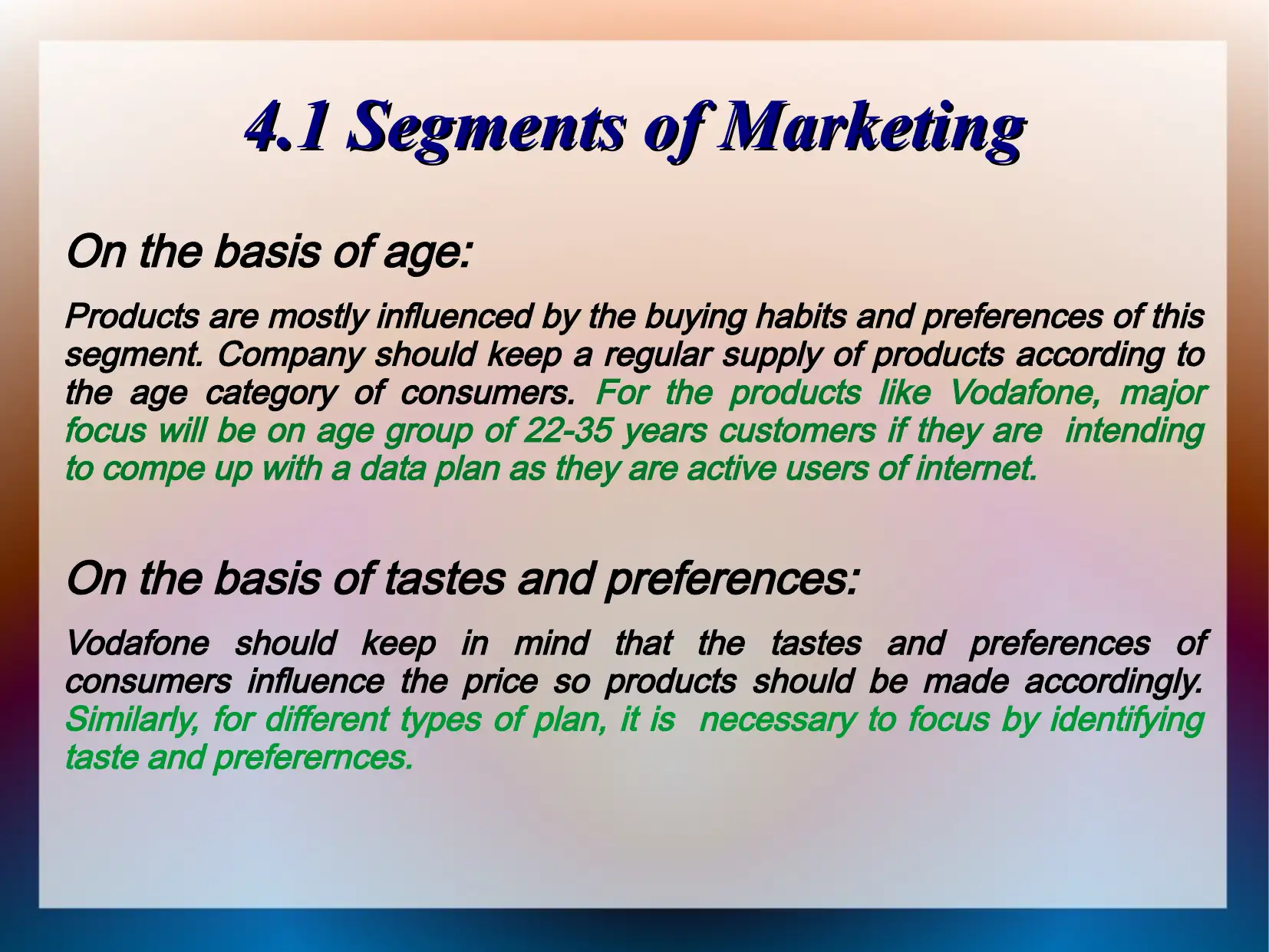
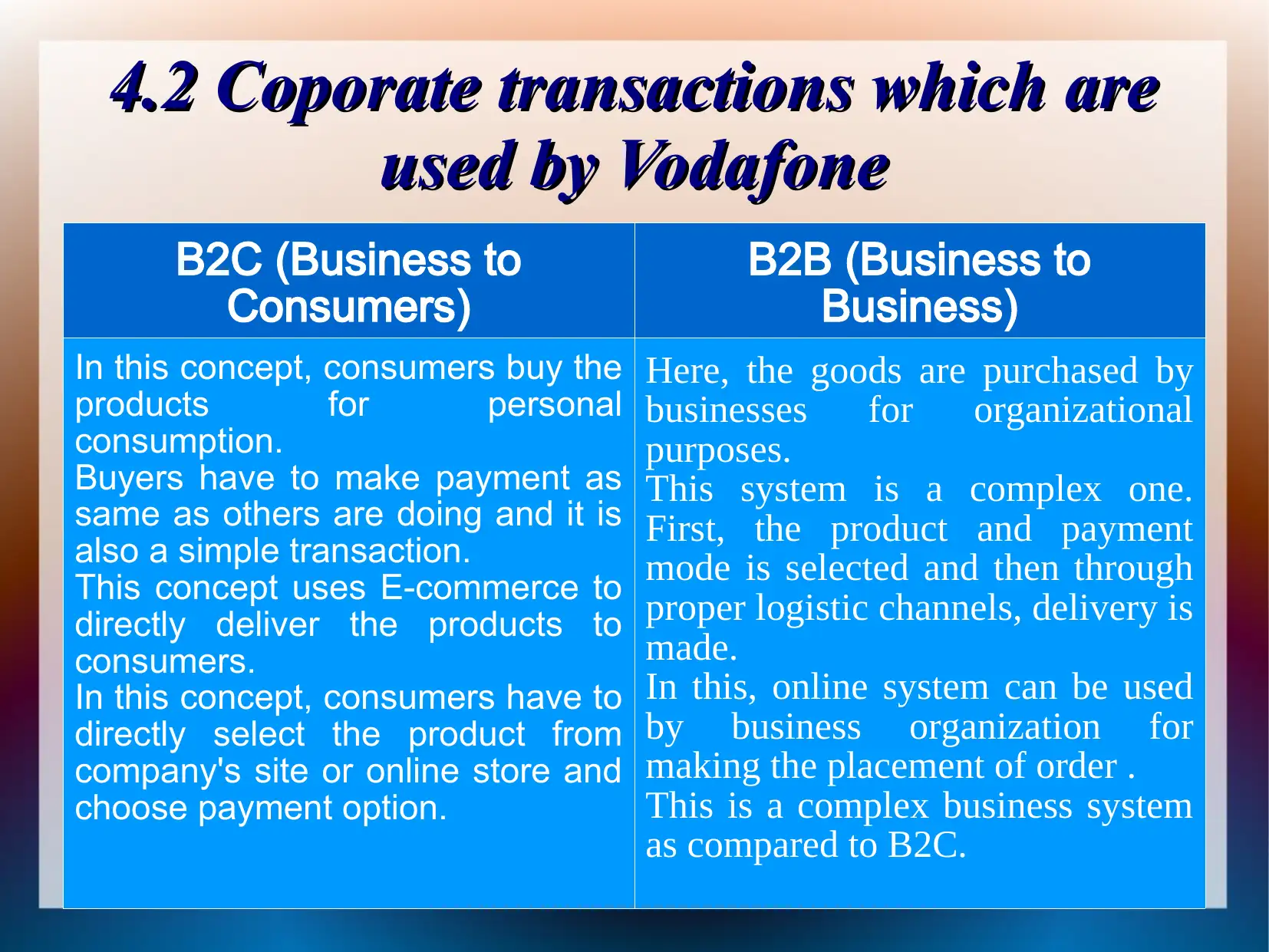

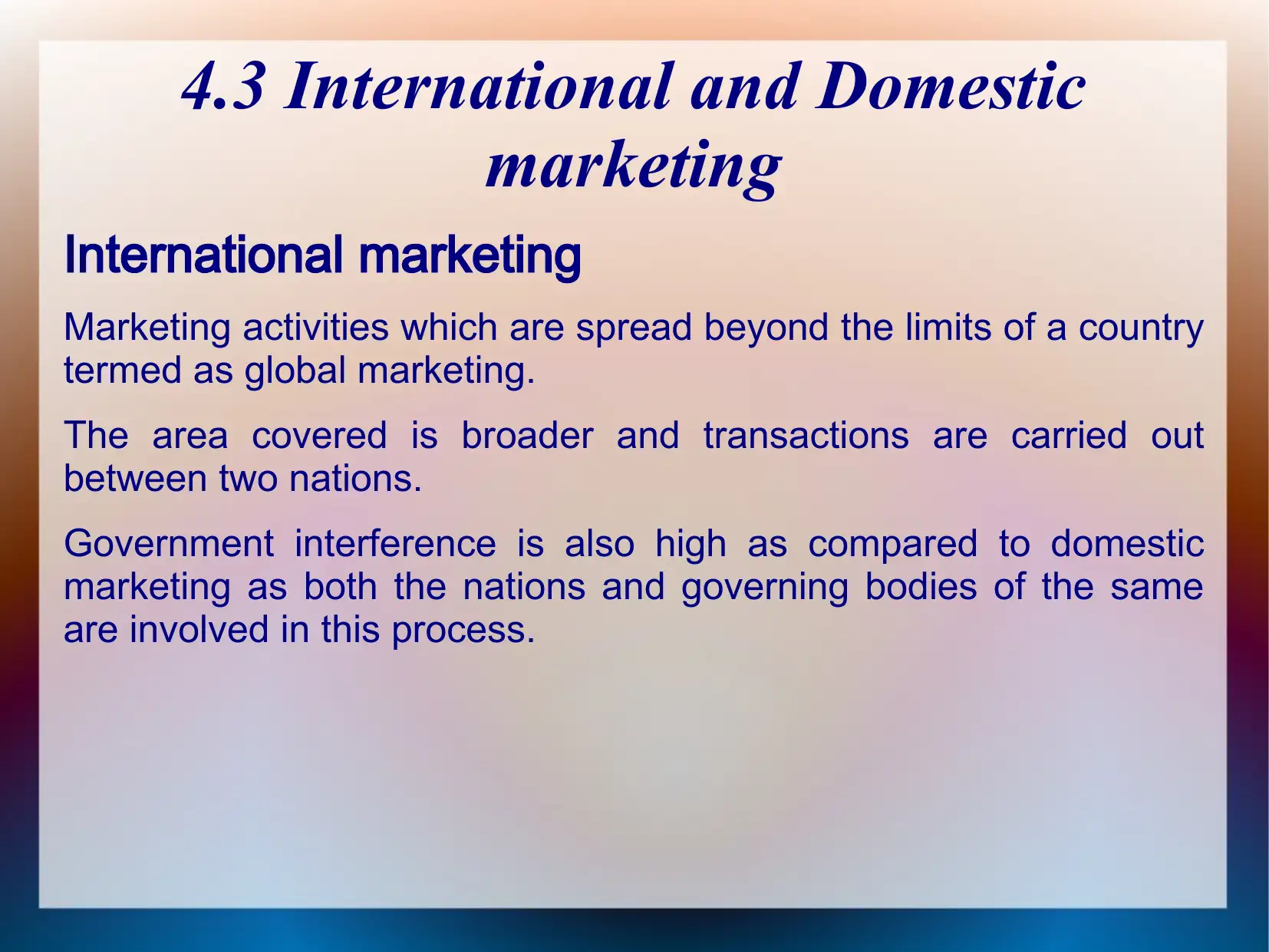
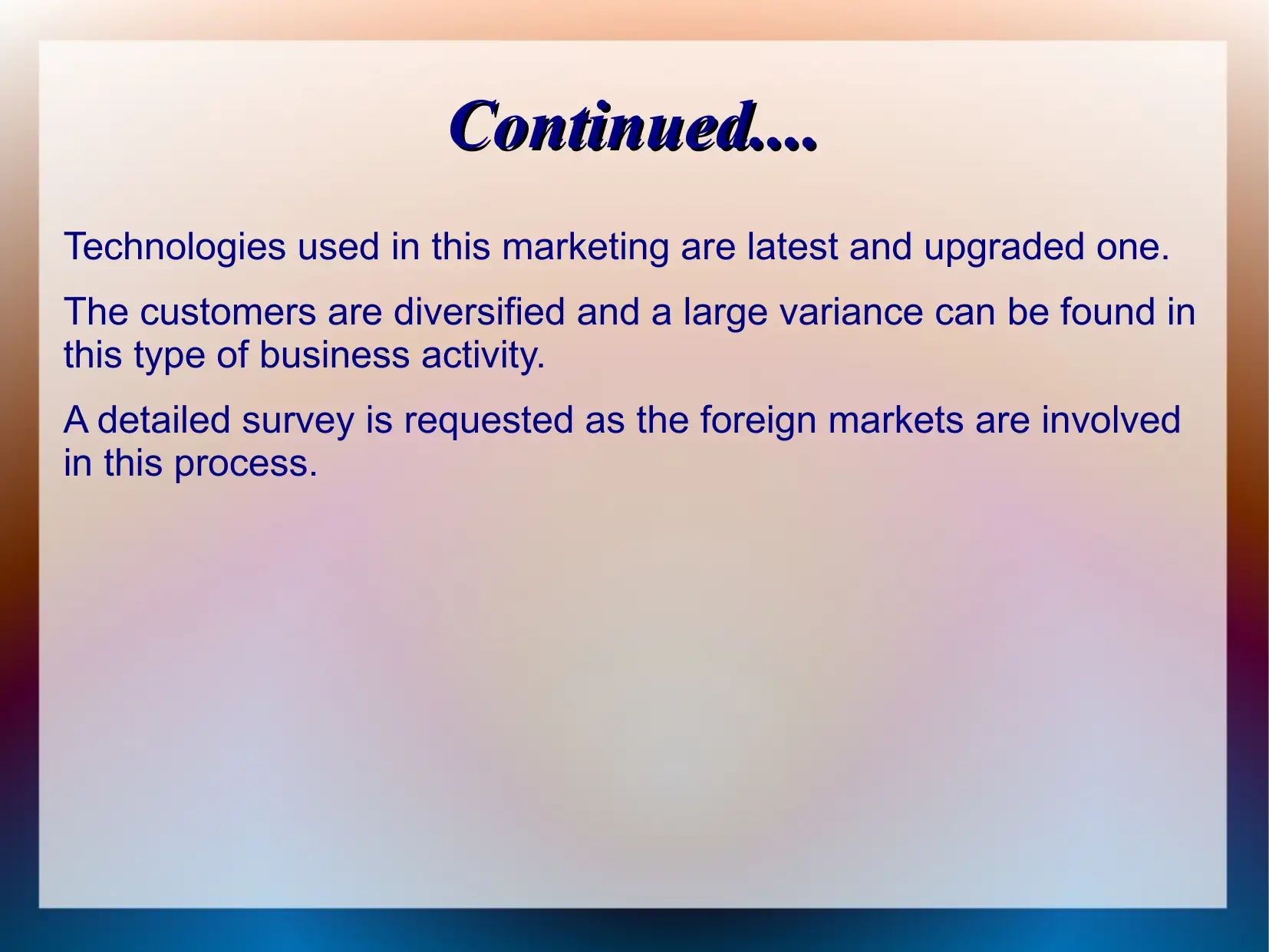
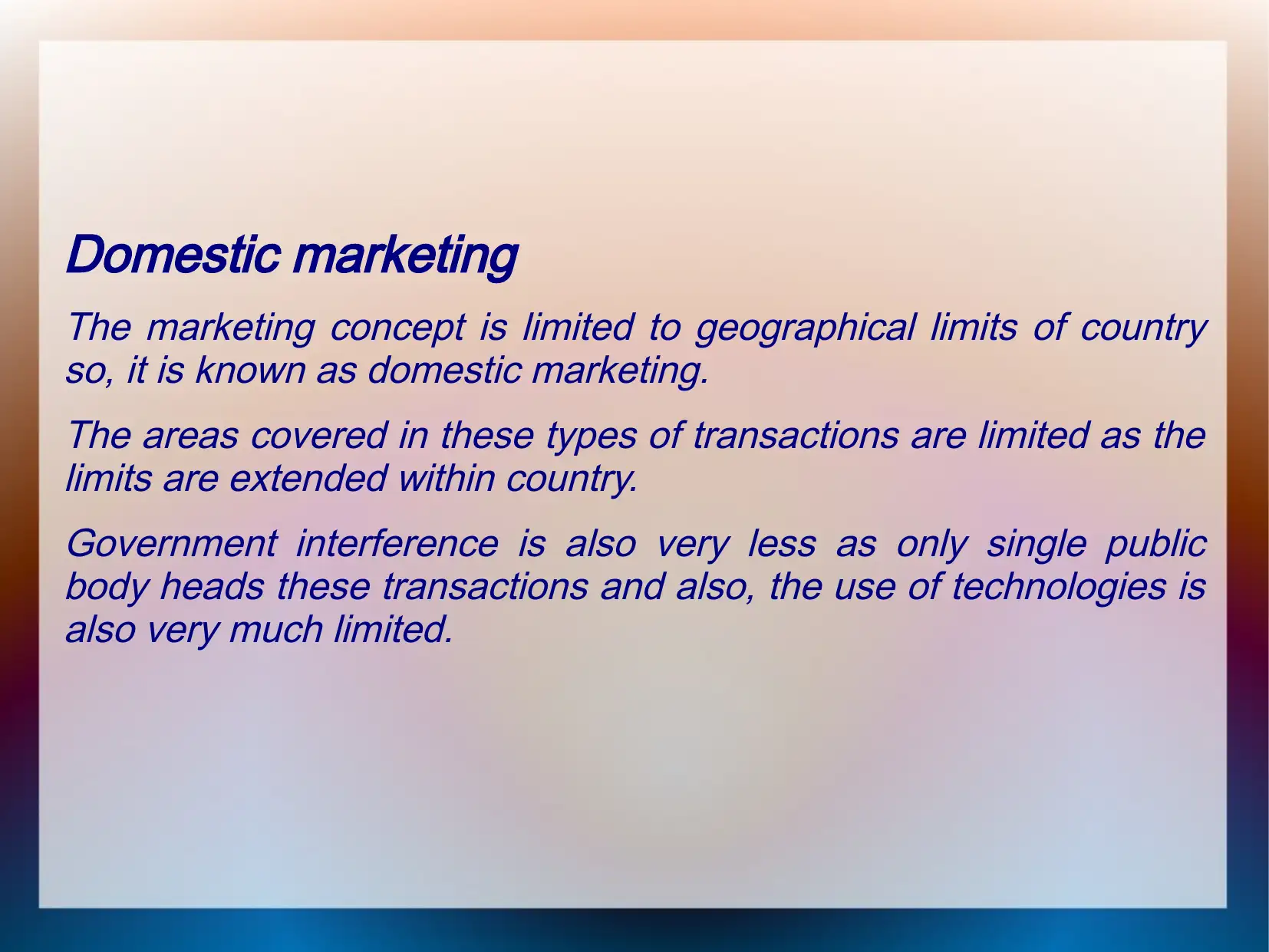
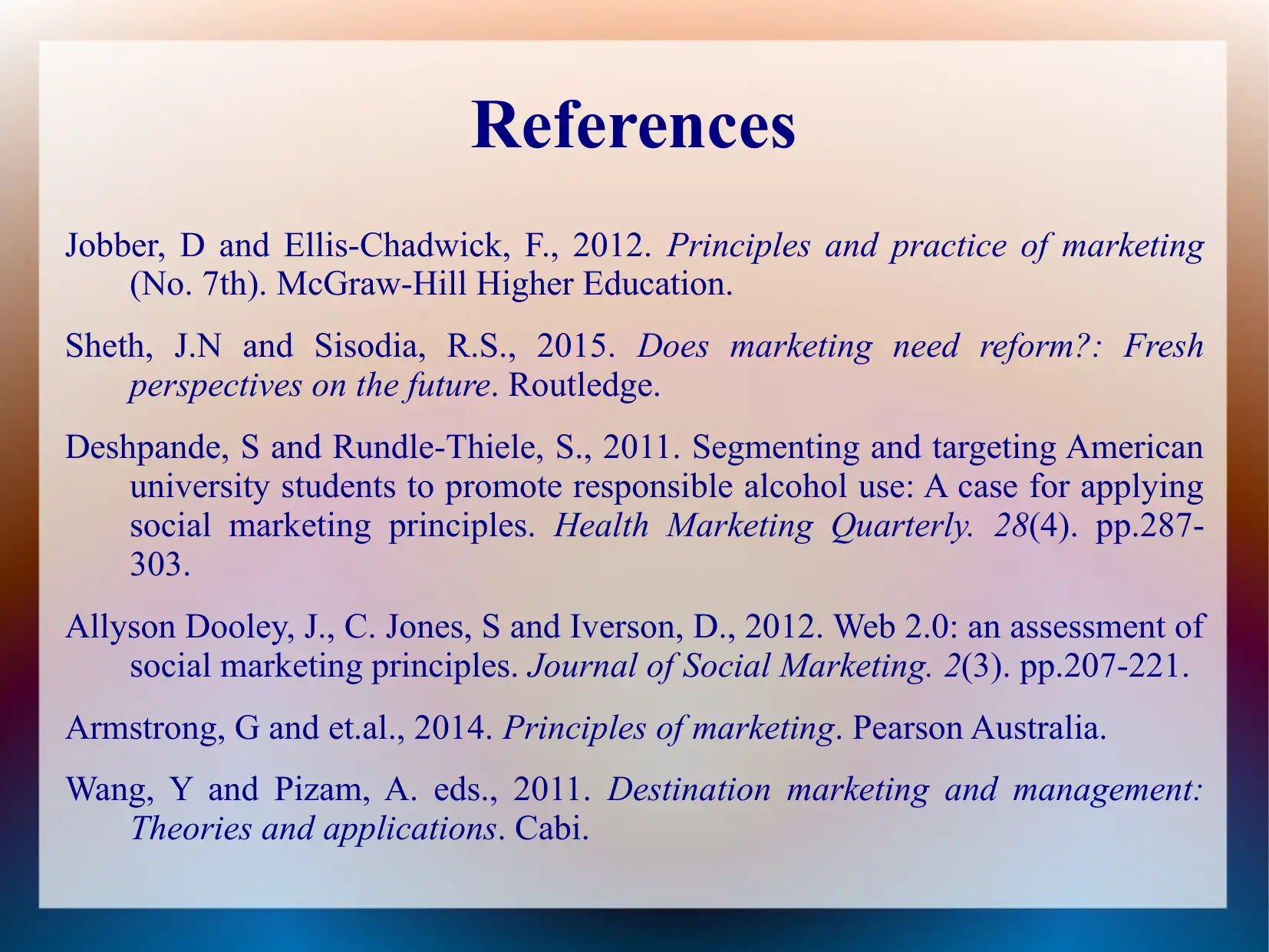







![[object Object]](/_next/static/media/star-bottom.7253800d.svg)